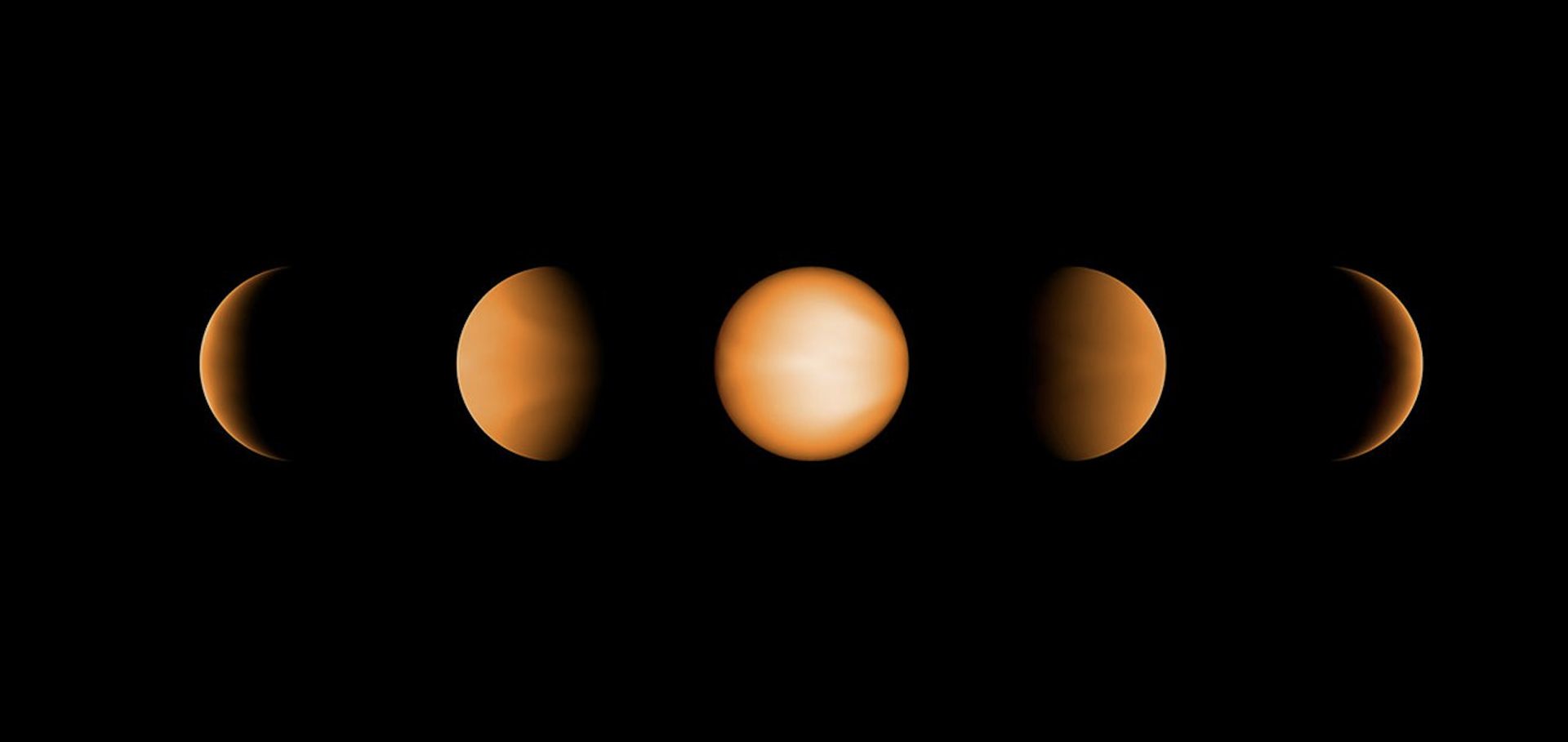JWST/NIRISS and HST: exploring the improved ability to characterise exoplanet atmospheres in the JWST era
Monthly Notices of the Royal Astronomical Society Oxford University Press 535:1 (2024) 27-46
Abstract:
The Hubble Space Telescope has been a pioneering instrument for studying the atmospheres of exoplanets, specifically its WFC3 and STIS instruments. With the launch of JWST, we are able to observe larger spectral ranges at higher precision. NIRISS/SOSS covers the range 0.6–2.8 microns, and thus, it can serve as a direct comparison to WFC3 (0.8–1.7 microns). We perform atmospheric retrievals of WFC3 and NIRISS transmission spectra of WASP-39 b in order to compare their constraining power. We find that NIRISS is able to retrieve precise H2O abundances that do not suffer a degeneracy with the continuum level due to the coverage of multiple spectral features. We also combine these data sets with spectra from STIS and find that challenges associated with fitting the steep optical slope can bias the retrieval results. In an effort to diagnose the differences between the WFC3 and NIRISS retrievals, we perform the analysis again on the NIRISS data cut to the same wavelength range as WFC3. We find that the water abundance is in strong disagreement with both the WFC3 and full NIRISS retrievals, highlighting the importance of wide wavelength coverage. Finally, we carry out mock retrievals on the different instruments, which shows further evidence of the challenges in constraining water abundance from the WFC3 data alone. Our study demonstrates the vast information gain of JWST’s NIRISS instrument over WFC3, highlighting the insights to be obtained from our new era of space-based instruments.Evidence for morning-to-evening limb asymmetry on the cool low-density exoplanet WASP-107 b
Nature Astronomy Springer Science and Business Media LLC 8:12 (2024) 1562-1574
Multiple Clues for Dayside Aerosols and Temperature Gradients in WASP-69 b from a Panchromatic JWST Emission Spectrum
The Astronomical Journal American Astronomical Society 168:3 (2024) 104
Inhomogeneous terminators on the exoplanet WASP-39 b
Nature Springer Nature 632:8027 (2024) 1017-1020
The Exoplanet Climate Infrared Telescope (EXCITE): gondola pointing and stabilization qualification
Proceedings of SPIE--the International Society for Optical Engineering SPIE, the international society for optics and photonics 13094 (2024) 130944y-130944y-9


